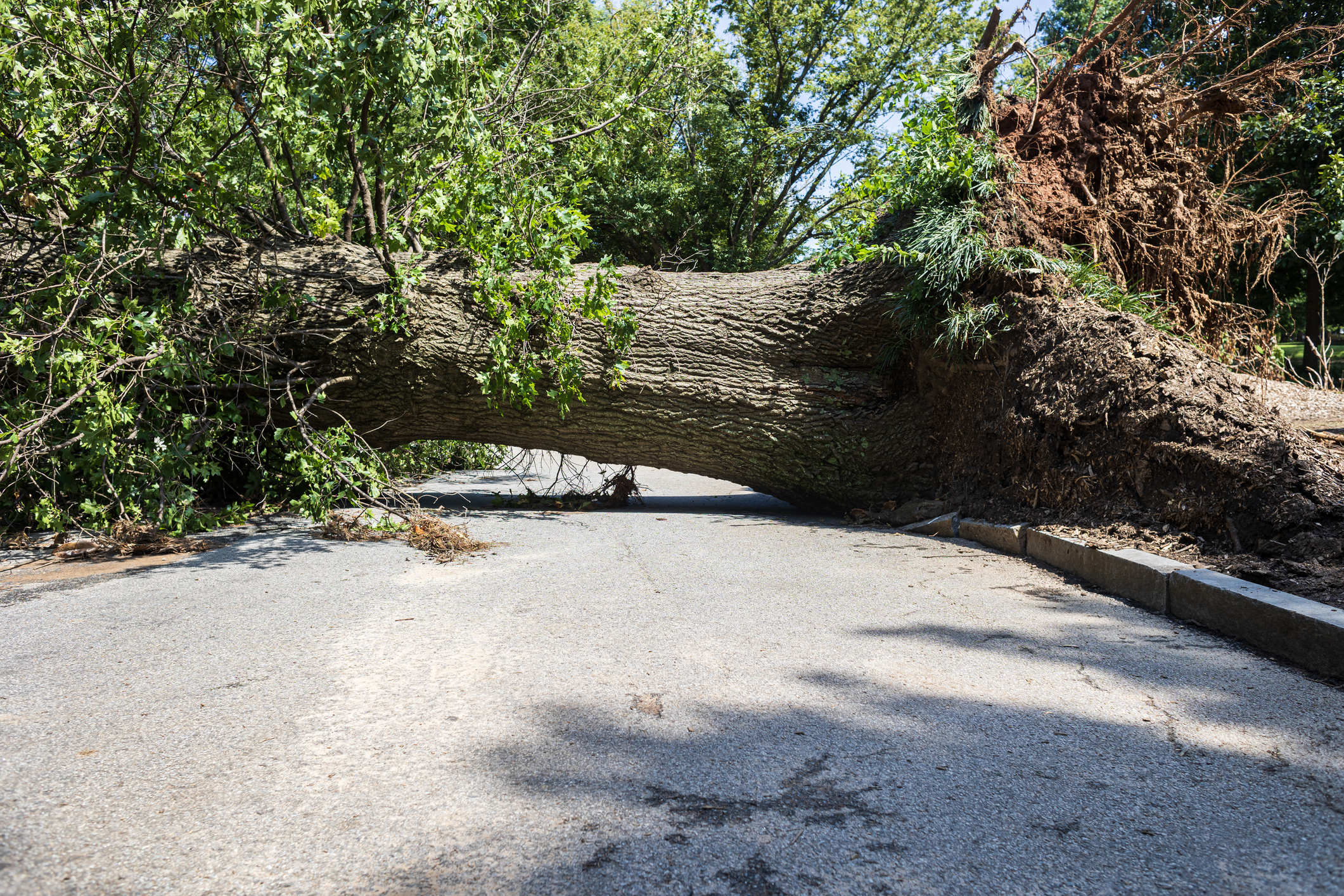Maintaining the health and safety of trees is a fundamental responsibility for arborists. However, it’s also crucial for them to possess a fundamental knowledge of the electrical supply system. Arborists operating within 10 feet of electrical lines must have a comprehensive understanding of the equipment and devices found along the distribution system. This knowledge ensures their safety and the safety of those around them.
According to the Occupational Safety and Health Administration (OSHA), electrocution is one of the leading causes of death for tree care workers. Arborists must be aware of potential hazards and take the necessary precautions to prevent accidents. By having a thorough understanding of the electrical supply system, they can identify potential hazards and work safely around electrical lines.
Understanding Electrical Hazards
Identification of Electrical Risks
The first step in avoiding electrical hazards is identifying potential risks. Electrical hazards can be found in various settings, including residential, commercial, and industrial areas. Arborists are most likely to encounter electrical hazards when working near power lines or other electrical equipment.
To identify electrical risks, arborists should be aware of the following:
- The location of power lines and other electrical equipment
- The voltage of the electrical equipment
- The distance between themselves and the electrical equipment
- The type of work being performed
Safety Measures and Protocols
Once potential electrical risks have been identified, it’s important to follow proper safety measures and protocols. Some basic safety measures to follow when working near electrical equipment include:
- Always assuming that power lines are energized and dangerous.
- Keeping a safe distance from power lines. The minimum safe distance is 10 feet, but this can vary depending on the voltage of the power lines.
- Using non-conductive tools and equipment when working near power lines.
- Wearing appropriate personal protective equipment (PPE), such as rubber gloves and boots, when working near electrical equipment.
In addition to these basic safety measures, it is important to follow the specific safety protocols established by employers and the industry standards set forth by organizations such as the Tree Care Industry Association (TCIA) and the American National Standards Institute (ANSI).
Electricity and Tree Physiology
Understanding the relationship between electricity and tree physiology is crucial. Trees are conductive, meaning they can conduct electricity. When a tree comes into contact with an energized power line, the electricity can travel through the tree and into the ground, creating a hazardous situation.
How Excel Tree Care Ensures Electrical Safety
We schedule an on-site consultation to discuss the scope of work with the client in detail. During the proposal process, we outline the necessary steps, including whether power lines need to be temporarily disconnected or if underground utilities need to be located using the 811 service. We ensure that you are fully informed and prepared for the work to be performed. When working near overhead power lines, it is crucial that aerial lift lines and bucket trucks are properly insulated. If insulation is not possible, clear placards must be displayed, indicating the required distance between the equipment and the power lines. In cases where residential power lines connected to the house may be affected by tree work, we will arrange for a temporary power disconnection to ensure the safety of our crew and your property.

